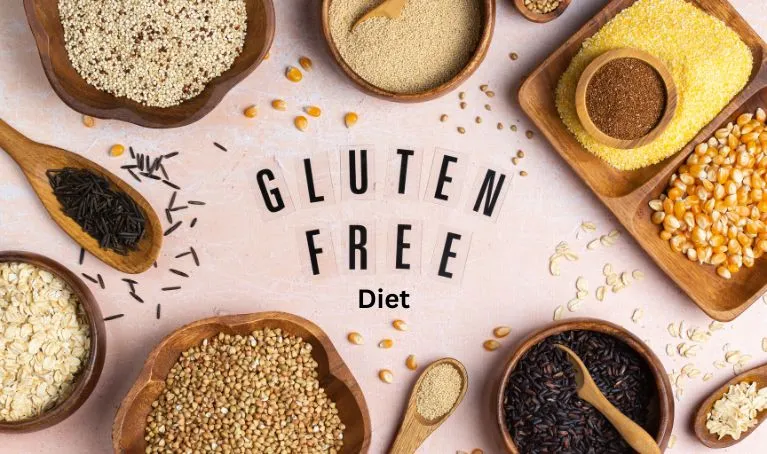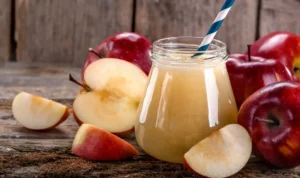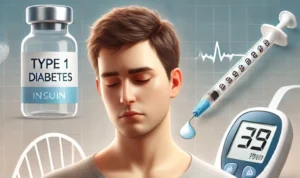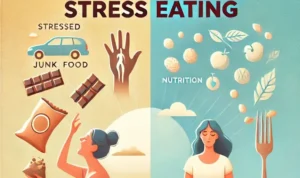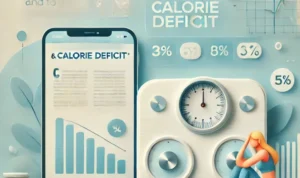Table of Contents
ToggleA gluten free diet is basically a diet that comprises of foods that do not contain gluten, “a protein” that is found in wheat products.
WHAT IS GLUTEN INTOLERANCE AND WHAT ARE ITS CONSEQUENCES:
This diet is generally used for the disease known as “celiac disease” where the person is incapable of digesting the gluten protein due to either the absence of enzyme or genetic abnormality.
The disease may show its symptoms when the child starts the weaning diet and is introduced with solid foods. When introduced to foods like chapatti, bread, cereals, crackers, and other baby foods containing grains. But it may also be diagnosed later in any stage of life like the 40s or 60s.
It may not appear until adulthood, when it may be triggered or unmasked during GI surgery, stress, pregnancy, or viral infection. It may be discovered because of evaluation for another suspected problem
There has been a wide range of symptoms that appear when the person is suffering from celiac disease or gluten intolerance. They may be classified into the following categories:
Nutritional Symptoms
- Nutritional Anemia is common due to deficiency or malabsorption of iron or folate, rarely B12.
- Osteomalacia, a common bone disease, also arises that occurs due to a deficiency of vitamin D and calcium.
- Osteopenia.
- Fractures may occur due to vitamin D deficiency and inadequate calcium absorption.
- Vitamin K deficiency may lead to Coagulopathies.
- Dental enamel hypoplasia due to inadequate absorption of calcium and vitamin D in the intestine.
- Delayed growth due to insufficient nutrient supply.
- Delayed puberty due to deficiency of certain vital nutrients and hormones mainly steroidal hormones due to malabsorption of fats in the intestine that occurs due to damaged structure of intestinal villi due to the abnormalities caused by celiac disease.
- Underweight individuals can be seen.
- Lactase deficiency due to disrupted intestinal structure.
- Dermatitis herpetiformis may occur.
- Infertility, increased risk of miscarriage due to certain nutritional deficiencies.
- Hepatic steatosis and hepatitis are common.
NEUROLOGIC SYMPTOMS
- Ataxia is common resulting in involuntary muscle movements due to lack of coordination.
- Polyneuropathy may occur resulting in the inability of nerves to send signals to the body from the brain.
- Seizures are seen.
- Anxiety and stress are commonly seen in individuals with celiac disease more frequently as compared to control groups according to research.
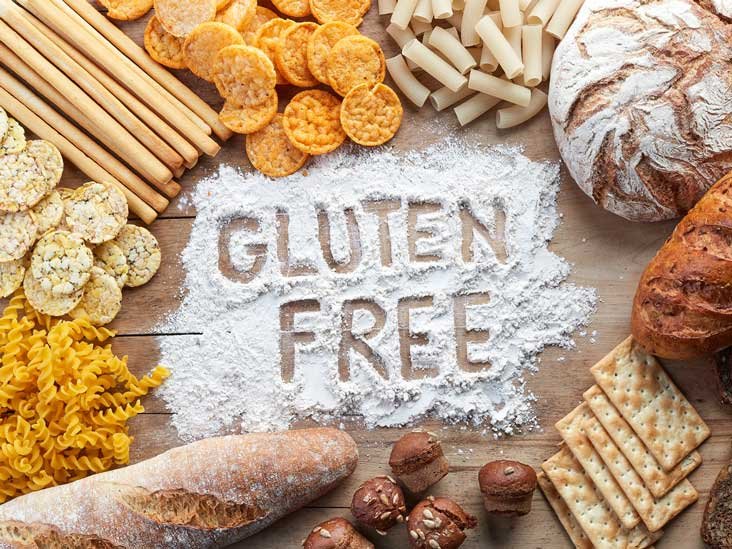
EXTRAINTESTINAL SYMPTOMS
- Lassitude is often characterized as a state of having no energy.
- Malaise is often referred to as feeling of discomfort and illness despite not being anemic.
- Arthritis is a common disorder.
- Arthralgia.
Symptoms in CHILDREN
Children with celiac disease are more vulnerable to digestive problems and symptoms as compared to adults with gluten intolerance. They may suffer from the following symptoms when left untreated.
- A swollen belly may be an indication that your child is suffering from CD or gluten intolerance.
- Constipation is a common indication.
- Nausea and vomiting occur when there is gluten intolerance in the body.
- Chronic diarrhea prevails.
- Gas and bloating.
- Pale, foul-smelling stools can be an indicator that the child has gluten intolerance.
AETIOLOGY
Now as we have discussed the most common as well as rare symptoms that occur when you suffer from celiac disease, let’s discuss the underlying cause behind gluten intolerance. The body reacts in a certain way to the gluten taken through diet, it causes various symptoms of allergy and that is an autoimmune condition where the body starts attacking its villi of the intestine after being exposed to “gluten”.
The intestinal damage often causes diarrhea, fatigue, weight loss, bloating, and anemia, and can lead to serious complications. This may cause malabsorption of a number of nutrients that are bound to be absorbed in the intestine of the human body thus leading to certain deficiency disorders in the body leaving you feeling sick physically as well as mentally. This ultimately deteriorates the quality of your life.
Complications of Gluten Intolerance
Untreated celiac disease or gluten intolerance for longer periods of time may lead to certain serious complications in the body such as malnutrition, weak bones, infertility, and miscarriages among women, and also may lead to lactose intolerance. These people are at higher risk of intestinal cancer if not treated at the earliest. The nervous system gets triggered easily by the way the body reacts to gluten. It causes symptoms like anxiety, mental confusion, and inability to focus and concentrate.
Also Read: Why Do You Feel Anxiety After Eating? Exploring the Causes and Solutions
Treatment For Gluten Intolerance
The main of treating the disease is simply to go “GLUTEN FREE”. This can be done by excluding those foods from your diet that contain gluten, the main component of wheat, and wheat-related grains and products.
This type of diet includes the following foods:
- Fruits and vegetables of all kinds are gluten-free
- Lean, unprocessed meats, fish, and poultry
- Most low-fat dairy products
- Beans, seeds, legumes, and nuts in their natural, unprocessed forms are gluten-free
- Eggs

WHAT Foods TO AVOID
The only way to cure and alleviate the symptoms is a lifelong strict gluten-free diet and monitoring the foods that trigger your symptoms. Everyone’s body reacts differently to different foods which means one food causing distress and discomfort in one person is not likely to cause harm to another. Hence you need to be a keen watcher of the symptoms and the food relationship. You must observe the condition of your body. You will ultimately become an expert label reader to note the presence of gluten. Every time you do the grocery, you need to watch for the culprit i.e., GLUTEN.
Gluten-free means avoiding all foods made up of wheat, rye, barley, cereals, and processed foods.
The foods you need to avoid at all costs are the following:
- Wheat
- Farina
- Graham flour
- Malt
- Barley
- Bulgur
- Durum
- Rye
- Semolina
TIME TO RETHINK YOUR GRAIN CHOICE
Living in this part of the world clearly means you are consuming and other grains as a staple food and avoiding them seems to be the most difficult part of the nutritional modification. You have to rethink the choice of your grains. There are certain considerations that might prove helpful to you.
- Oats, the most asked question when gluten intolerance is discussed, is whether oats cause discomfort or not. Previously it was thought that oats also cause digestive symptoms, but according to new research, oats themselves are not gluten-containing, rather the industry or storage can lead to its contamination with wheat causing them to trigger your symptoms.
- All products containing, wheat, rye, barley, semolina, and farina are gluten-containing and going to harm you as soon as you consume them.
- Corn and corn products along with rice do not themselves contain gluten but can be contaminated when they are processed in industry.
- You can also use sorghum, chickpea or Bengal gram, arrowroot, and corn flour, as well as tapioca starch extract. These act as thickeners and leavening agents. Products like chickpea, sorghum, corn flour, and tapioca extracts can be used as thickeners and binding agents when preparing meals from alternate flours.
FOODS TO BE ALERT OF
Even a trace amount of gluten can trigger your nutritional, digestive, or neurological symptoms. So you need to consult a registered dietitian for your gluten-free diet plan that will contain all the essential nutrients along with gluten-free snack options to munch on.
There can be a chance of gluten present in certain everyday products being used by us including the following:
- Herbal and nutritional supplements straight out of industry can be contaminated by gluten
- Lipstick products contain gluten according to the latest research
- Certain preservatives, additive agents, and modified food starches contain trace amounts of gluten, but it may be enough to trigger the response in the body.
- Number of prescription and over-the-counter medications
- Vitamin and mineral supplements
- Playdough can be disastrous if children consume it while playing. It may lead to digestive discomfort nausea and vomiting instantly.
When the gluten is removed from diet completely, the body certainly start to feel better and the inflammation is reduced in the intestine giving relief to the body.
GO FOR LABELS
You need to be an expert at reading labels. There are certain hidden and code terms that indicates the food might contain gluten. So if you are unaware of those, you can certainly harm your body by consuming gluten-containing foods. The key to reading labels is described below.
Go for the hidden culprit
The terms like kamut, wheat starch, einkorn, emmer, spelt wheat bran, wheat germ, cracked wheat, and hydrolyzed wheat protein indicates the presence of gluten. Gluten can be present in food products like dextrin, caramel colors, seasonings, and mono and di glycerides.
Make you habit of reading labels
You cannot even imagine the foods that can contain gluten. So carefully read the labels of all the foods you are buying or eating at your home, workplace, school, or anywhere else because your health should be the priority.
- Candies, and bakery items
- Potato chips contaminated because of frying
- Beer
- Brown rice syrup
- Processed goods like chips and biscuits
GUIDELINES TO STICK TO GLUTEN FREE DIET
You can certainly make your life easier by following these guidelines that state
Label the utensils
Use separate utensils for all the food containing gluten. Either mark them or use different color codes for food preparation that are gluten-free
Tips for dining out
Be aware while eating out. Order only those dishes that you are sure of them being gluten free. Ask them if they have gluten-free range or not.
Pharmacist review
If you go to buy medicine, ask them for any wheat by-products being used in the formula, otherwise, you are the one who will suffer. Certain mineral, vitamins and herbal supplements contain gluten, so ask them before hand.
SUPPLEMENTATION FOR GLUTEN INTOLERANCE
There are certain nutritional deficiencies that occur if you suffer from gluten intolerance or celiac disease due to malabsorption of nutrients and their inadequate supply to the body. The body cannot function without these essential nutrients, so you need to supplement them orally.
These include:
- Vitamin B-12
- Vitamin D
- Vitamin K
- Copper
- Folate
- Iron
- Zinc
2 DAY GLUTEN FREE DIET PLAN
Now jumping to the diet, you need to follow when you go completely gluten-free. Your diet must contain all the essential nutrients including carbohydrates, proteins and fats along with healthy gluten free snack option.
Below is a gluten-free 2-day menu or diet plan.
Day 1
Breakfast
- 1 cup oats cereals topped with fresh fruits and flaxseeds
- 2 hard-boiled eggs
Lunch
- 1 Gluten-free tortilla wrap with grilled chicken and tossed veggies in olive oil and vinegar
- 1 Potato chip either air fried or baked
Also Read: Benefits of Drinking Olive Oil Before Bed
Dinner
- 2 oz Fish steamed
- 1 cup Vegetables fired in sauce
- 1 oz Garlic rice
Day 2
Breakfast
- 1 bowl yogurt
- 2 seasonal fruits sliced
- 1 serving nuts
- 10 ml honey
Lunch
- Vegetable salad containing green veggies and boiled potatoes with olive oil and vinegar
- 1 oz Garlic rice
Dinner
- Chicken grilled with tortilla made up of beans mixture
- Corns fried in sauces
Top 30 GLUTEN-FREE SNACKS
Below described are multiple gluten free snacks that can be prepared at home with convenience. These all will be making your life easy and symptom-free.
- Peanut butter with fruit slice
- Honey and flaxseeds on fruits
- Apple with peanut butter
- Raw Carrot with seasoning or herbs
- Dry fruit mixed with dates and figs
- Nuts and seeds bars
- Banana slices with oats
- Homemade energy bars
- Boiled eggs with tea
- Fresh fruit juice
- Yogurt with fruits and seeds sprinkled
- Granola bars
- Chocolate bars
- Chickpea salad with green vegetables
- Beans boiled with salt sprinkled
- Lentil soup
- Fish crackers with soup
- Homemade rice cake covered with chocolate
- Olives
- Multi seed balls containing pumpkin, and flaxseed, chia seeds and sesame seeds
- Meat nuggets
- Cutlets made with vegetables and sauces
- Protein bites for vegans
- Beans/lentils tortilla made by grinding the beans with water and spreading them on the pan. Cook until both sides are brown
- Potato chips baked or fried
- Nut butters with gluten-free breads
- Gluten-free pasta with loads of vegetables
- Fruit smoothies with seeds added
- Cookies made with oats and chocolates
- Donuts made with gluten-free multi-grain flour
Stay tuned for the recipes of all these gluten-free snacks on our website!

